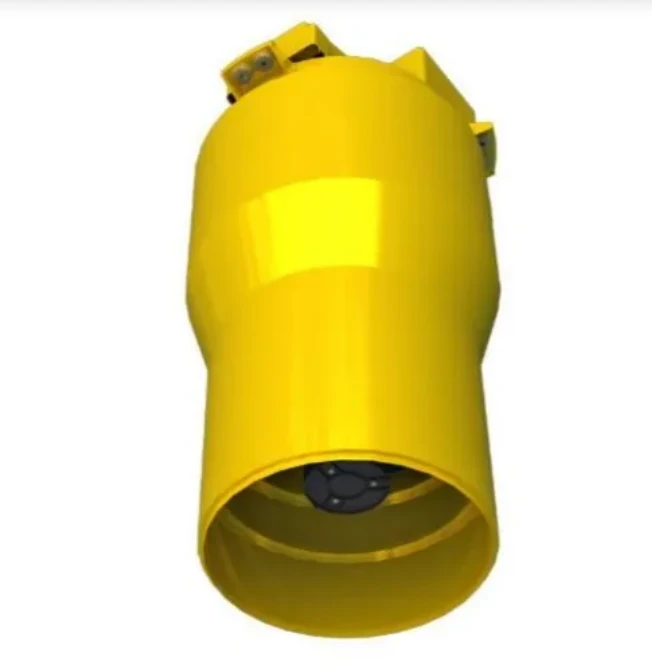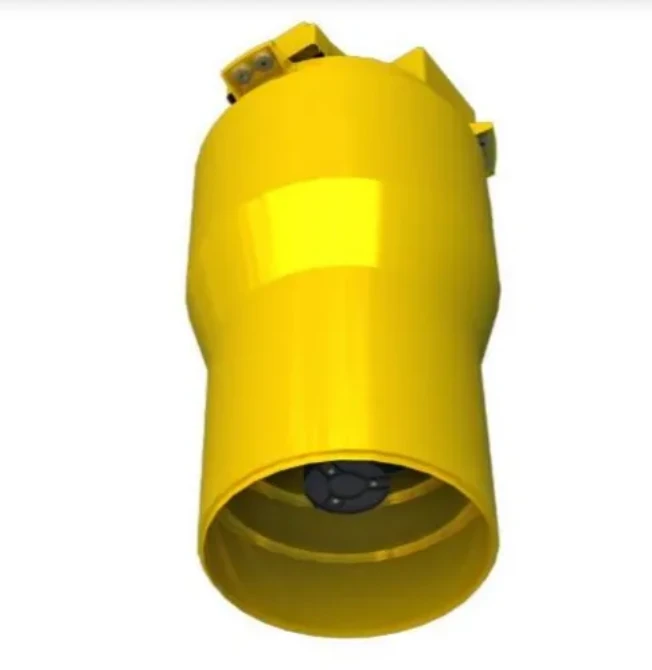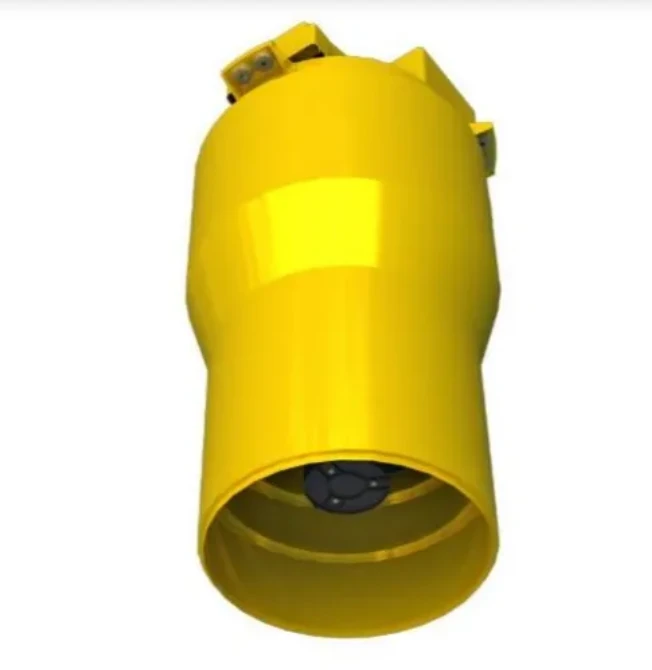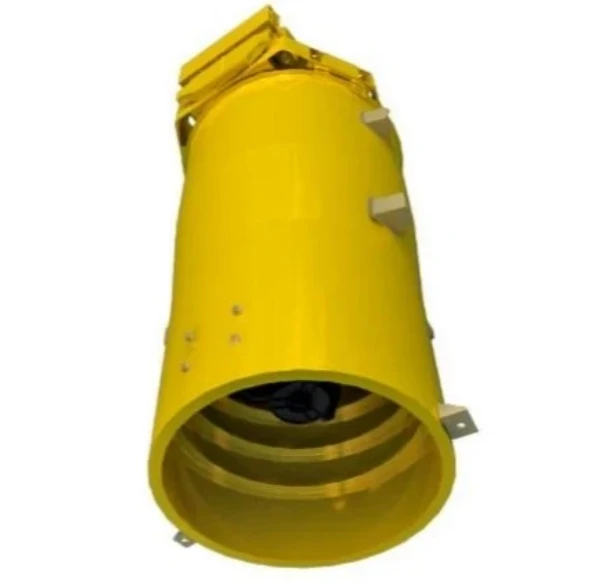
- Afrikaans
- Albanian
- Amharic
- Arabic
- Armenian
- Azerbaijani
- Basque
- Belarusian
- Bengali
- Bosnian
- Bulgarian
- Catalan
- Cebuano
- China
- Corsican
- Croatian
- Czech
- Danish
- Dutch
- English
- Esperanto
- Estonian
- Finnish
- French
- Frisian
- Galician
- Georgian
- German
- Greek
- Gujarati
- Haitian Creole
- hausa
- hawaiian
- Hebrew
- Hindi
- Miao
- Hungarian
- Icelandic
- igbo
- Indonesian
- irish
- Italian
- Japanese
- Javanese
- Kannada
- kazakh
- Khmer
- Rwandese
- Korean
- Kurdish
- Kyrgyz
- Lao
- Latin
- Latvian
- Lithuanian
- Luxembourgish
- Macedonian
- Malgashi
- Malay
- Malayalam
- Maltese
- Maori
- Marathi
- Mongolian
- Myanmar
- Nepali
- Norwegian
- Norwegian
- Occitan
- Pashto
- Persian
- Polish
- Portuguese
- Punjabi
- Romanian
- Russian
- Samoan
- Scottish Gaelic
- Serbian
- Sesotho
- Shona
- Sindhi
- Sinhala
- Slovak
- Slovenian
- Somali
- Spanish
- Sundanese
- Swahili
- Swedish
- Tagalog
- Tajik
- Tamil
- Tatar
- Telugu
- Thai
- Turkish
- Turkmen
- Ukrainian
- Urdu
- Uighur
- Uzbek
- Vietnamese
- Welsh
- Bantu
- Yiddish
- Yoruba
- Zulu
Advancements in Satellite Remote Sensing Data: Revolutionizing Earth Observation
Satellite remote sensing has emerged as a cornerstone of modern environmental monitoring, urban planning, and scientific research. The integration of satellite remote sensing data, high resolution remote sensing images, and specialized platforms like Landsat has unlocked unprecedented insights into Earth’s dynamic systems. This article explores the technical foundations, key applications, and evolving technologies within this field, highlighting the critical role of high resolution remote sensing satellites and the enduring legacy of Landsat in remote sensing.
Unveiling the Fundamentals of Satellite Remote Sensing Data
At its core, satellite remote sensing data involves the acquisition of electromagnetic radiation reflected or emitted by Earth’s surface. Satellites equipped with sensors capture this data across various spectral bands, enabling scientists to analyze land cover, vegetation health, and atmospheric conditions . For instance, polar-orbiting satellites like NASA’s Aqua provide global coverage by traversing pole-to-pole paths, while geostationary satellites such as GOES offer continuous monitoring of specific regions . The data collected is processed to generate actionable information, from detecting crop stress in agriculture to mapping disaster zones during emergencies.
The Power of High Resolution Remote Sensing Images
High resolution remote sensing images (1–4 meters per pixel) have revolutionized detailed spatial analysis. Platforms like WorldView-3 and Pleiades deliver sub-meter resolution, revealing intricate details of urban infrastructure, coastal erosion, and wildlife habitats . These images are particularly valuable for applications requiring precision, such as identifying individual buildings in urban planning or monitoring invasive species in ecosystems. Commercial providers offer tasking capabilities, allowing users to request custom imagery for time-sensitive projects, while resellers aggregate data from multiple sensors to meet diverse needs .
A Comprehensive List of High Resolution Remote Sensing Satellites
The high resolution remote sensing satellites list includes both commercial and public-sector assets. Notable examples include:
- WorldView-3(0.31 m panchromatic resolution), which captures multispectral and shortwave infrared data for mineral mapping and environmental monitoring .
- Pleiades(0.5 m resolution), known for its agility and frequent revisits, ideal for disaster response and infrastructure assessment .
- Sentinel-2(10–20 m resolution), a free-to-access EU satellite offering broad spectral coverage for large-scale land use analysis .
These satellites vary in spectral capabilities, revisit frequency, and cost, providing tailored solutions for applications ranging from defense to conservation.
Landsat’s Enduring Impact in Remote Sensing
Since its launch in 1972, the Landsat program has continuously documented Earth’s surface, creating an unmatched archive for long-term environmental analysis. Landsat sensors, such as the Operational Land Imager (OLI) on Landsat 8, capture 30 m resolution imagery across visible, infrared, and thermal bands, supporting applications like deforestation tracking and urban expansion mapping . The program’s open-data policy ensures global accessibility, with data used in studies ranging from glacier retreat in the Himalayas to monitoring the shrinking Aral Sea .
FAQ: Key Considerations for Satellite Remote Sensing
How to Select the Right High Resolution Satellite for a Project?
Choosing a high resolution remote sensing satellite depends on factors like spatial resolution, spectral bands, and revisit frequency. For urban planning, sub-meter resolution satellites like WorldView-3 are ideal, while agricultural monitoring may prioritize Sentinel-2’s broader spectral coverage and frequent updates . Budget constraints also play a role, as commercial data (e.g., Pleiades) is costlier than free options like Sentinel-2 .
What Are the Primary Applications of Landsat Data?
Landsat remote sensing data is widely used for environmental monitoring, including tracking vegetation changes, assessing drought impacts, and mapping wildfire severity . Its long-term archive enables trend analysis, such as detecting decadal shifts in wetland ecosystems or evaluating the efficacy of reforestation projects .
How Is High Resolution Imagery Processed for Accuracy?
Processing high resolution remote sensing images involves radiometric calibration to correct sensor errors, atmospheric correction to remove haze, and geometric correction to align pixels with ground coordinates . Advanced techniques like machine learning are increasingly used to classify land cover or detect subtle changes in time-series data.
What Factors Influence the Cost of Satellite Data?
Costs for satellite remote sensing data vary based on resolution, acquisition mode (archived vs. tasked), and provider. High-resolution commercial imagery can cost thousands of dollars per scene, while free datasets like Landsat and Sentinel-2 are suitable for budget-sensitive projects . Volume discounts and partnerships with data resellers may help reduce expenses .
Can Landsat Data Be Combined with Other Satellite Sources?
Yes, Landsat in remote sensing often integrates with other datasets for enhanced analysis. For example, combining Landsat’s broad spectral coverage with high-resolution imagery from WorldView-3 can improve the accuracy of crop yield predictions or urban heat island studies . Such synergies enable researchers to balance detail and context in their analyses.











